If you like simple, addictive games with the chance to win money from a prize pool, here’s a new platform you’ll want to check out. Thryll Arcade is launching this week, inspired by retro arcade games that are easy to play. Built on the BSV blockchain, its classic style comes with some Web3 bells and whistles: players pay in small amounts (pennies, nickels, dimes and quarters); there aren’t any ads to wade through; and there’s a provably fair lottery run by smart contracts that holds regular lotteries for users to win some money. It’s exactly the kind of platform that could only run on a trustworthy and fast blockchain network like BSV.
CoinGeek caught up with John Calhoun of the “Calhoun Brothers” programming team that won third prize in the recent BSV Hackathon in Austin, Texas, organized by Babbage and the BSV Association. Thryll’s aim, he said, was “to create a seamless, globally accessible gaming experience that prioritizes payer enjoyment, and provably-fair systems.”
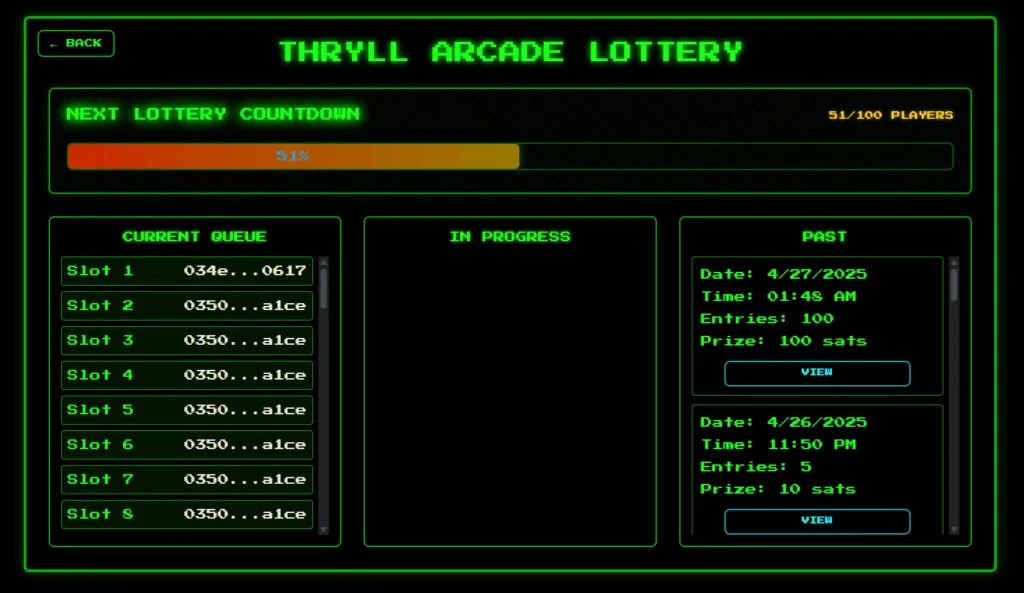 Source: Thryll Arcade
Source: Thryll ArcadeThe first game available is “Star Runner,” inspired by “Cube Runner” and its many variants. All players have to do is “run” forward, dodging any objects coming at them.
Thryll is another example of how a digital microtransaction economy can replace the current Internet’s advertising-supported model. Experiences on websites and mobile apps have become saturated with ads, leading to user apathy (at best) or irritation. Moreover, relying on advertising from external companies leaves developers beholden to those companies’ interests, since they may suddenly withdraw a key source of revenue for any reason.
The word “microtransactions” can refer to payments of a dollar or less, the kind of payments that aren’t economically viable for most online services due to credit card processing fees. Online services usually get around this problem by selling pre-paid balances and subscriptions or bundling small payments for later billing. Using a scalable, low-fee blockchain like BSV enhances the Web3 experience by allowing real-time microtransactions, or even “nano-transactions” of small fractions of a U.S. cent. This creates economic opportunities where none existed previously and gives online services a chance to escape the legacy advertising model.
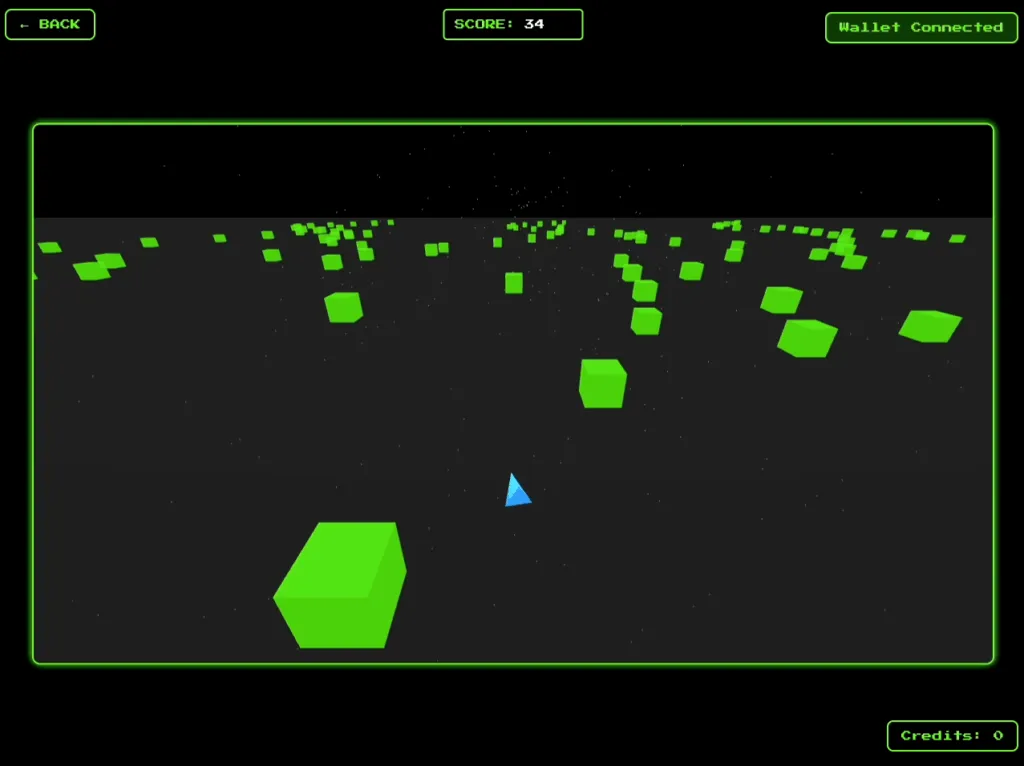 Source: Thryll Arcade
Source: Thryll ArcadeFor casual gamers, it removes the annoying distraction of ads with a user-pays model, but without costing huge amounts of money or requiring credit cards, pre-payments, or bundling.
Thryll incentivizes its users further by letting them win their money back. A key feature is its Lottery system, which puts half the total contributions to a game over a set period into a prize pool. When the pool’s time is up, a smart contract selects a lucky winner who wins the final amount. This contract is provably fair and transparent, building user trust.
Below is a Q&A with developer Calhoun about why he built an arcade gaming platform, how BSV technology and Babbage’s tools made it possible, how the lottery contract works, and what his experiences were at the hackathon. Read on to get all the details.
Q&A with John Calhoun, developer of Thryll Arcade
When did you get the idea to build this, and/or what inspired it?
The original inspiration came from a site called ‘AddictingGames.com.’ When my brother and I were younger, we always visited that site, which offered many free, fun games. The site was sold in 2021, and now, when you visit, there are numerous ads to click through and close—sometimes you even have to watch a video to play a game. I thought this would be a perfect use case for microtransactions; I’m sure it’s a trade-off people would be willing to make.
Can you tell us anything about your experience at Babbage’s BSV Hackathon?
It was a great event with many impressive and bright individuals. Even though teams were competing against each other, there was still a level of cooperation because we were all learning this new tech stack. I was thoroughly impressed by the tech stack we got to use and how helpful the Project Babbage team was. The food was great, as was the sake.
Although gaming on BSV seems like a no-brainer use case, some past examples haven’t done as well as expected, while others seem fine. In your opinion, what is the key to building a BSV gaming platform that sticks?
The Project Babbage tech stack allows us to deploy our platform at a very low cost, helping us achieve a low break-even point. Our fixed costs are minimal, so we only need a small amount of revenue to cover them. This greatly extends our runway and allows us to focus time and resources on what truly matters to our users: building fun, engaging arcade games.
Is this going to be a mobile-only app?
Currently, it is a web-based, desktop-only game, and you will need the Metanet desktop wallet to play. In the future, as BRC-100 becomes more popular, we look forward to extending our arcade to wallets that have that standard implemented.
Will the arcade ‘coins’ be NFTs on BSV, or something else?
We will be using BSV. The arcade “coins” will not be NFTs but will instead be BSV, the native coin on the peer-to-peer electronic cash system.
What token protocol/s will you use?
As of right now, we are not using any token protocols, although we are considering MNEE. I think users see value in using a currency they are familiar with for consumer apps, without the price volatility of BSV.
Will you use any anti-cheating mechanisms to ensure players don’t game the prize pool feature?
At launch, all entries into the prize pool will have an equal chance to win: if you play the game, you get entered into the lottery; if you play twice, you will be entered twice, and so on. Once the smart contract is initialized, the only person who can receive the payment is the actual winner of the lottery. This smart contract is already available, and we plan to implement tools to prove to our users that transactions use that smart contract. In the future, we’d like to build games that reward skill instead of luck. For example, achieving a high score on the leaderboard could earn extra entries into the lottery. For our first game, Cube Runner, we already have a mechanic that sends the player’s position to our game server, validating that the user is not in an impossible position.
Specifically, which Babbage tools are you using?
Specifically, we are using:
- BRC-100 Wallet;
- Overlay Services via LARS/CARS;
- Micropayments with the BSV SDK’s new AuthFetch and
- Payment Express.
Building this wouldn’t have been possible without their documentation and examples, specifically:
- bitcoin-sv/wallet-toolbox;
- coinflip;
- marscast;
- bitcoin-sv/p2p.
All the resources listed here can be found at https://bsvhackathon.com/resources.
Watch: Revolutionizing blockchain gaming with Vaionex’s Tegment




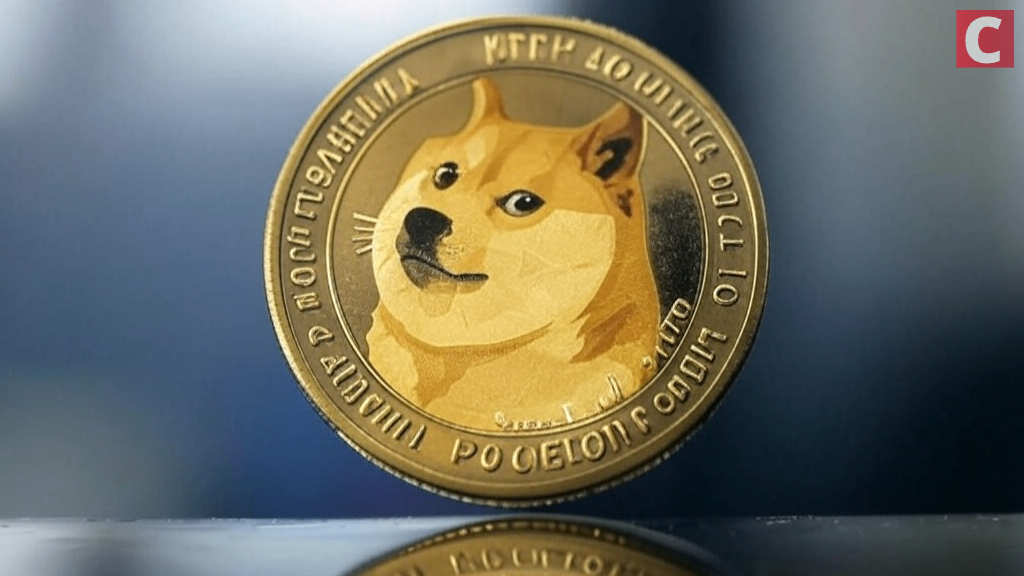




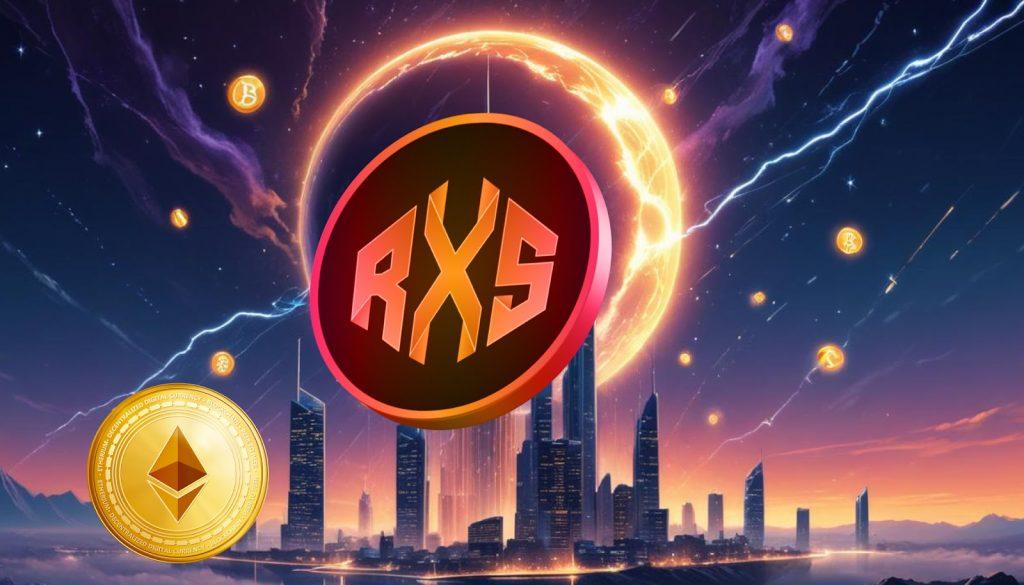




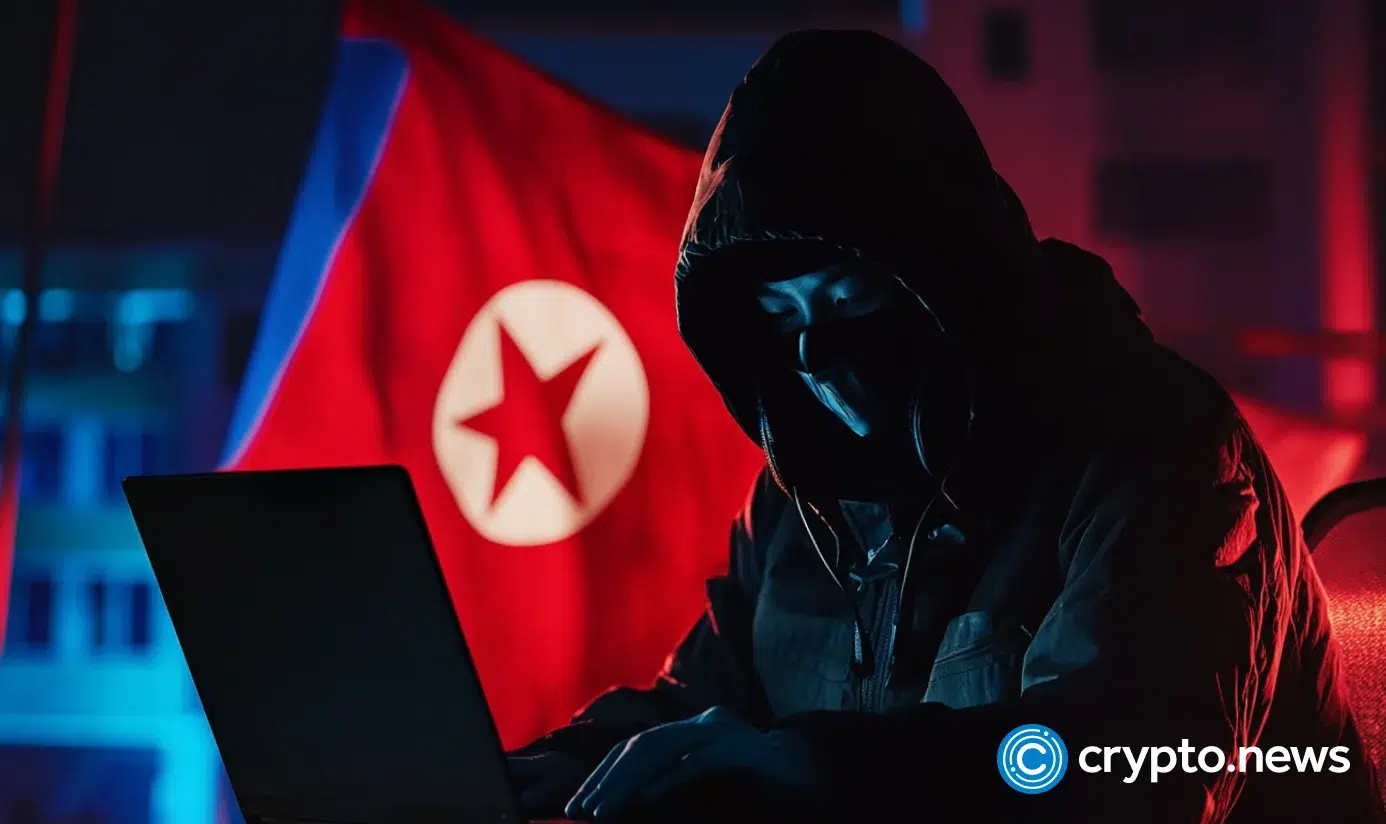


 English (US) ·
English (US) ·